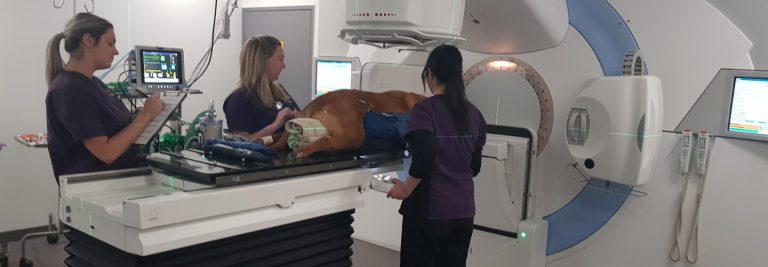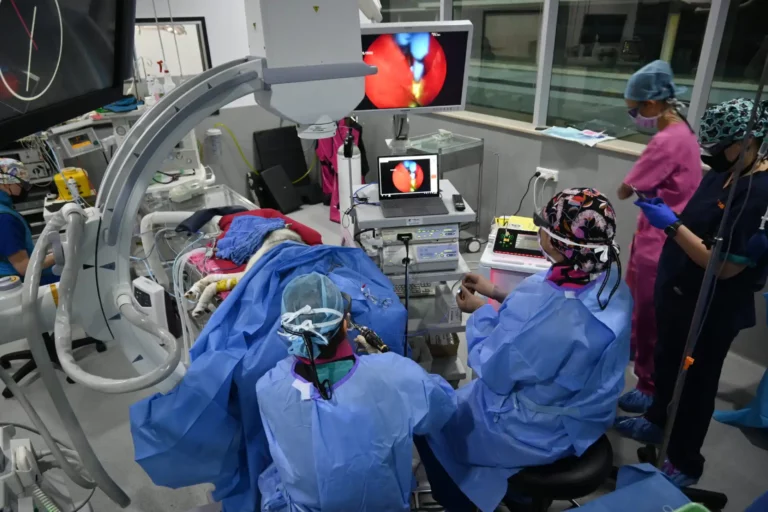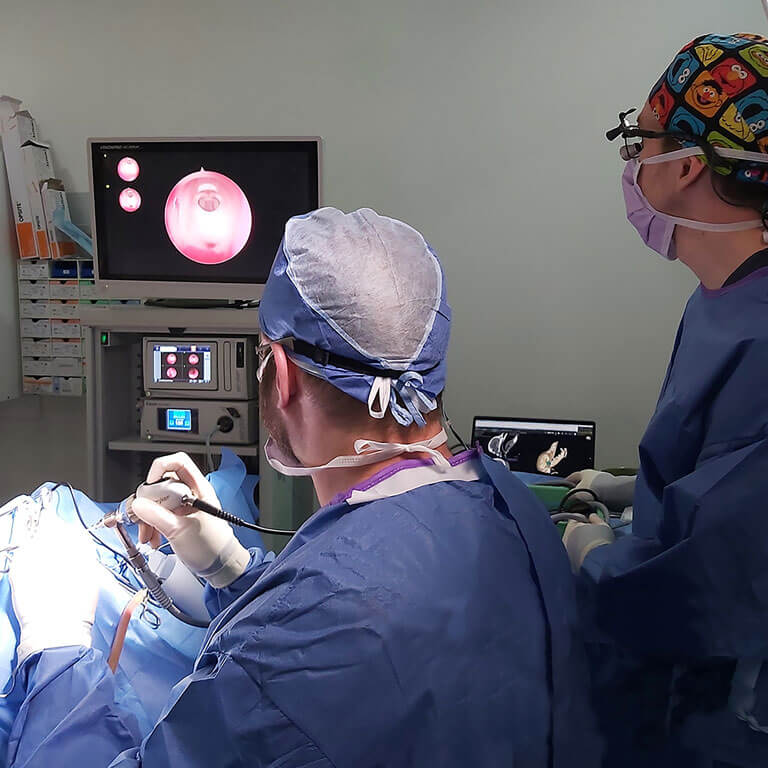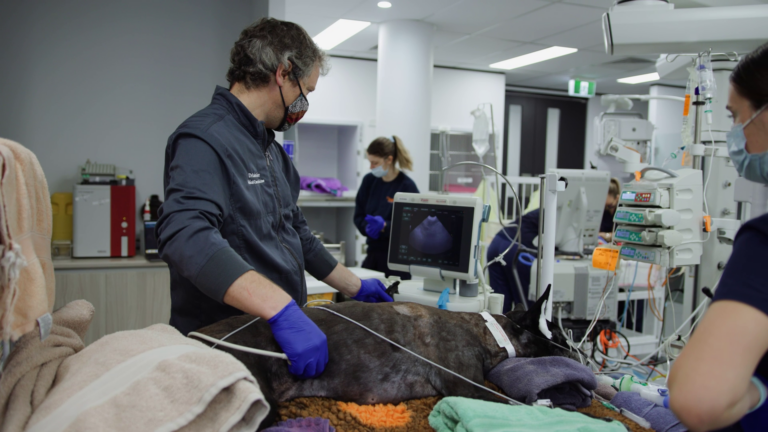By Dr Linda Vogelnest
Living in sunny Australia, we often see dermatitis in our pets as well as ourselves due to excess solar exposure. Dogs or cats that bask for lengthy periods in the sun are most affected; outdoor direct sun exposure, reflective light, and indoor exposure through windows are all relevant. Basking for longer periods may occur outside of the hottest summer periods, and sun protection all year round is important for pets with poorly-haired unpigmented skin that have sustained sun exposure.
Presentations from excess solar exposure that are seen commonly include:
- Actinic keratoses – red scaly areas of roughened skin in regional plaques or focal spots; will be more severe on the more exposed regions (varying with each patient, depending on their preferences for lying e.g. ventral abdomen if they lie on their back; medial or lateral limbs and flanks if they lie on their side). These lesions mimic other causes of dermatitis including allergic dermatitis but are generally minimally itchy, and the aged/scarred skin appearance is characteristic. On skin biopsy there is cell atypia: they are a pre-cursor to SCC.
- Solar dermatitis – acute erythemic areas of solar damage that lack cell atypica on histopathology. We occasionally see patients with acute sunburn, which occurs – just like for us – when too much time is spent in the sun without sun protection.
- Recurrent deep bacterial pyoderma – focal nodular lesions with draining tracts, often distributed amongst regions of actinic keratoses +/- solar dermatitis. Solar damage increases the risk of bacterial infection. This form is common in sunbaking bull terriers but is seen in a range of breeds.
- Autoimmune diseases – many cases of Discoid lupus erythematosus (DLE), and some other auto-immune presentations in dogs, may be triggered by solar exposure. Sun protection aids disease control in these cases, and with some DLE in dogs, may be the only ‘treatment’ required.
Treatment of actinic keratosis:
- Cryosurgery – commonly used for human keratoses, and the treatment of choice for spot lesions, but less applicable for many veterinary patients that present with more extensive lesions. Inflammation is expected for 1-2 weeks in the healing phase after cryosurgery, which can be problematic for large regions
- Surgical excision – important for SCC lesions, which can be very invasive, and occasionally metastasize over time; repeat excision of small lesions is definitely preferable and can be achieved in many patients with sedation and local anaesthesia when lesions are still small. Repeat small excisions of early lesions is far preferable to removing large skin regions for chronic lesions.
- Topical treatment – 5-FU, imiquimod (Aldara®) – are both used commonly in people for sun lesions, evoking an inflammatory response aiming to destroy dysplastic and early neoplastic cells. They can be effective in dog and cat lesions, but will cause local irritation, and do require owner commitment (apply for 3-5 days per week, no grooming until rinsed off 8 hours later, repeated for multiple cycles until lesions resolve).
Treatment of actinic folliculitis and furunculosis:
- Antibiotics – cephalexin (unless due to MRSP when culture of a sterile tissue biopsy is essential) for lengthy courses (6-12 weeks; until 2-4 weeks after lesions resolve) is needed, with or without other treatments for pyoderma (metronidazole seems to help some cases, either by anaerobic bacterial or anti-inflammatory effects; bathing with gentle massaging of nodular areas to help remove discharge and increase exposure to antibiotics may also help e.g. Pyohex or Mediderm shampoo; daily topical chlorhexidine 2.5% solution may help reduce surface flora to reduce time needed on systemic treatment).
Prevention of all solar presentations:
- Remove from sun exposure – this may not initially be the easiest option but is by far the most preferable and easiest long-term option: once they are not able to bake in the sun, the problem is much reduced. However, previous solar damage may continue to produce lesions for 6-12 months after solar expose is removed. Options include restricting access to an inside area during the day (most of our pets happily sleep all day), provision of really comfy bedding out of the sun (works for the less-avid sun-bakers, but not the very committed!), and enclosing/fencing off restricted areas in the shade.
- Sunsuits – a number of mail-order companies make sun-suits out of lycra and similar materials designed for dogs; they can have long or short legs and variable shapes depending on the areas that need protection, and are adapted for males or females. Some dogs wear these readily, and others are less accepting!
www.bromelli.com.au
www.designerdogwear.com
www.fluppies.com.au
- Sunscreens – as for people, regular daily use of sunscreens can help reduce solar damage, but the effectiveness will rely on committed application. Water-resistant high SPF creams/sprays/lotions suitable for humans can be used. For pets remaining outdoors all day, repeated application is required each 3-4 hours. Distraction techniques to limit licking for 5-10 minutes after application (e.g. provide chew treat, take for short-walk) may be needed for those pets that immediately try to lick off (however they are drawn into the skin surface very quickly, so will still be at least partially effective – perhaps for shorter periods – if licking occurs).




